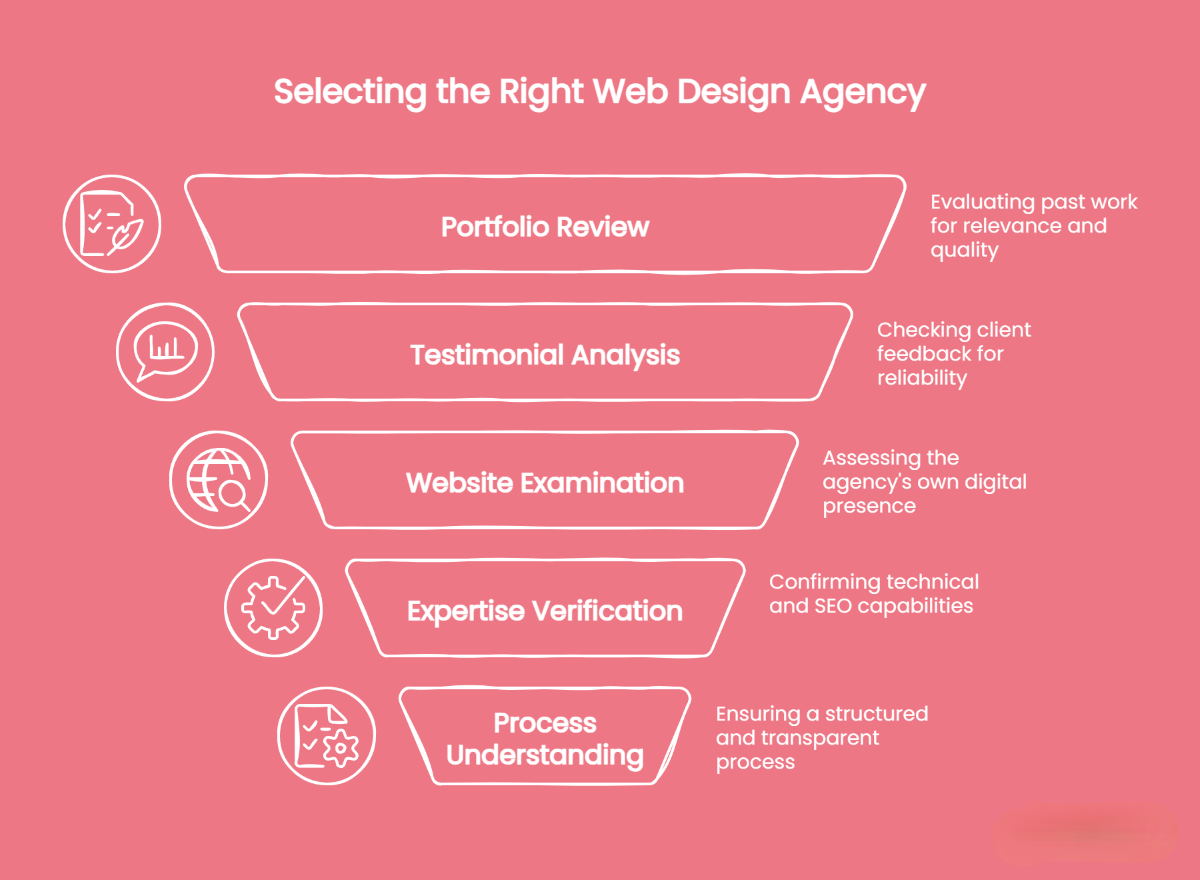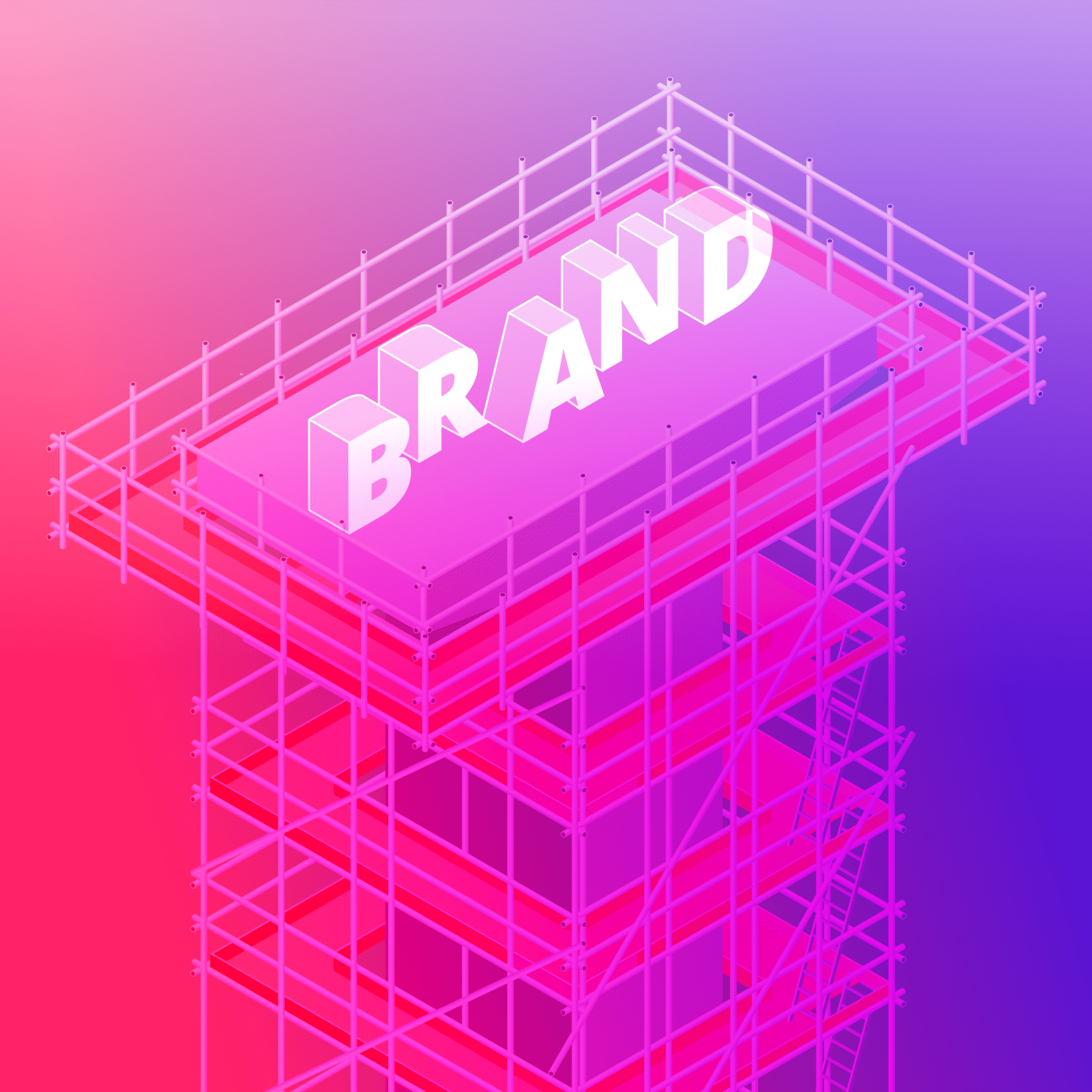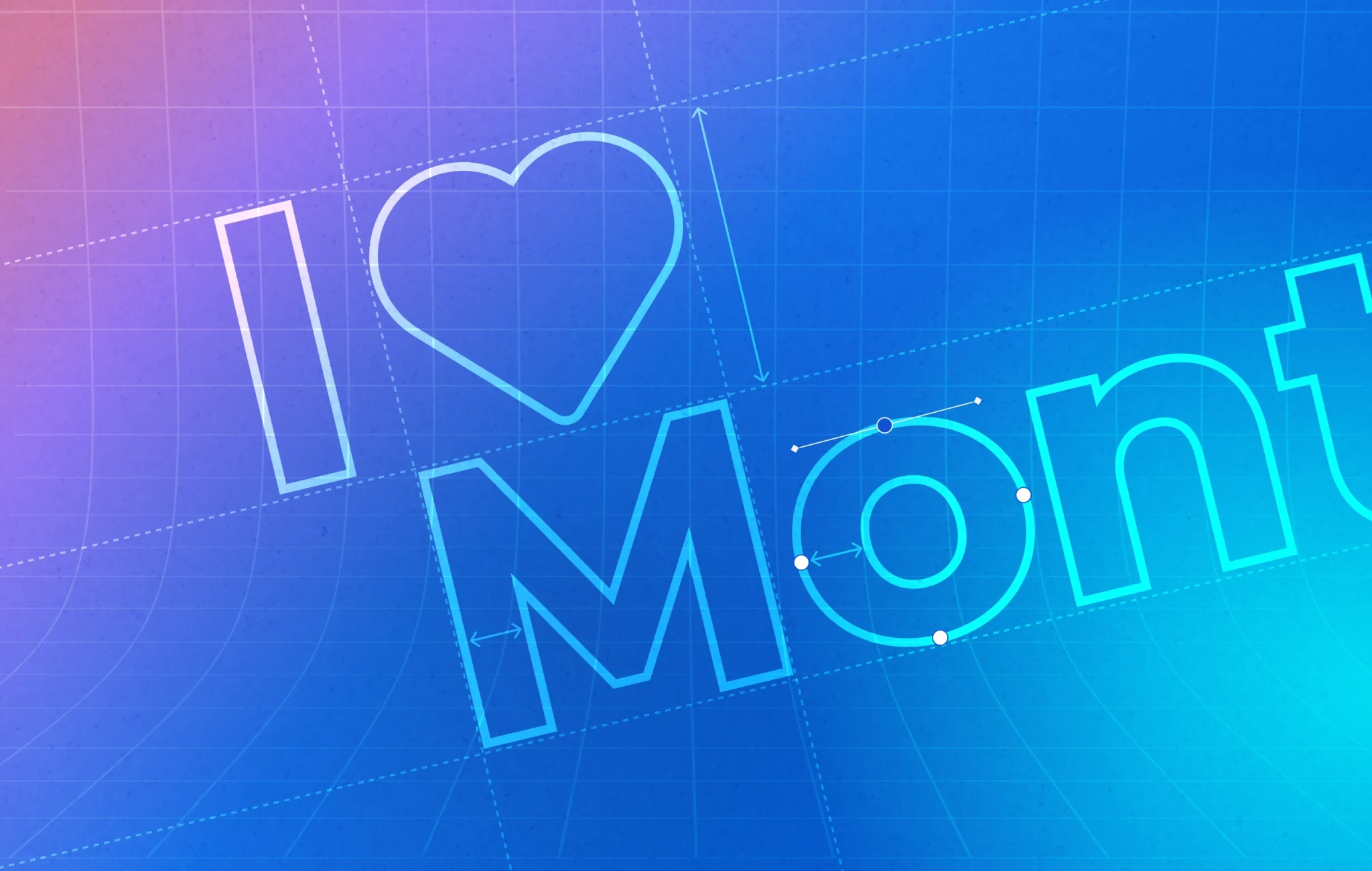TL;DR: Choosing the right web design agency requires evaluating their portfolio, technical expertise, SEO knowledge, pricing transparency, and communication style. Look for agencies with proven industry experience, comprehensive services (design, development, SEO, maintenance), clear processes, and a partnership mindset. Avoid agencies with outdated portfolios, vague pricing, or poor communication. Investment typically ranges from $5,000-$50,000+ AUD depending on complexity.
Finding the perfect web design agency feels like searching for a needle in a digital haystack, doesn’t it?
With over 15,000 digital agencies across Australia, choosing the right partner determines whether your website becomes a revenue-generating asset or an expensive digital brochure.
Here’s the thing:
Your website is your hardest-working employee, operating 24/7 to attract and convert customers. This guide shows you exactly how to choose a web designer who’ll deliver results—from evaluating portfolios to spotting red flags.
Let’s dive in!
Why is choosing the right web design agency important?
First impressions happen fast. Studies show that 38% of visitors stop engaging with a site if the design or content feels unattractive.
But web design is about more than looks. A professional agency builds credibility, trust, and seamless user experiences that drive conversions. In fact, a well-designed website can boost conversion rates by up to 200%, while poor design sends potential customers straight to competitors.
The right agency isn’t just a service provider—it’s a long-term digital partner. They’ll understand your industry, adapt to algorithm changes, and scale your online presence as your business grows. That’s the difference between a transactional relationship and a strategic partnership that fuels sustained growth.

Understanding your website goals before you start
Before you even glance at agency portfolios, get crystal clear on what you want your website to achieve. Without defined goals, you risk ending up with a site that looks good but doesn’t move the needle for your business.
Here’s how to frame your objectives:
Define your business purpose
Are you building an eCommerce store, a lead-generation engine, a portfolio showcase, or an informational hub? Each requires different features, integrations, and strategies.
Know your audience
Who’s visiting your site, and what problems are they trying to solve? Understanding user intent shapes everything—from navigation flow to content priorities.
Separate must-haves from nice-to-haves
List your non-negotiables (mobile responsiveness, SSL security, contact forms) versus wishlist items (custom animations, interactive features). This prevents scope creep and keeps budgets under control.
Set measurable success metrics
Decide how you’ll measure ROI: newsletter signups, quote requests, online sales, or bookings. Clear KPIs help agencies design with outcomes in mind, not just aesthetics.
Remember: your website isn’t just an online brochure. It’s a business tool that should align with your broader digital strategy and growth goals.
1. Check their portfolio and past work
A strong portfolio shows more than attractive visuals—it reveals how an agency solves problems and delivers results.
What to look for in a portfolio
- Industry range with relevant expertise: Agencies that work across multiple sectors show adaptability, while those with niche focus (e.g. eCommerce, SaaS) demonstrate deep expertise.
- Mobile-friendly examples: Test their showcased sites on your phone. Do they load quickly? Is navigation intuitive? With over 60% of traffic coming from mobile, responsiveness is non-negotiable.
- Balance of trends and timeless design: Look for modern elements (clean layouts, accessibility features, micro-animations) paired with fundamentals like clear hierarchy and readable typography.
- Project complexity: Can they handle both simple brochure sites and complex platforms with hundreds of products? Versatility signals technical depth and scalability.
Why it matters
A portfolio isn’t just a gallery—it’s proof of capability. The right agency demonstrates not only design flair but also the ability to deliver functional, user-focused websites that align with business goals.
2. Review client testimonials and case studies
Where to find authentic reviews
Skip the cherry-picked testimonials on agency websites.
Instead, investigate:
- Google Business reviews (look for detailed, recent feedback)
- Third-party platforms like Clutch, DesignRush, or Sortlist
- Industry-specific testimonials from businesses like yours
- LinkedIn recommendations from verified clients
Red flag alert: Agencies with only website testimonials often hide negative feedback.
What client feedback reveals
What questions should I ask a web design agency about their previous work?
Dig deeper than star ratings.
Client reviews expose critical insights about communication responsiveness, project management capabilities, and problem-solving approaches. Pay attention to mentions of timeline adherence, budget transparency, and post-launch support reliability.
Look for patterns:
Repeated praise for specific strengths (like SEO results or conversion improvements) indicates genuine expertise. Recurring complaints about missed deadlines or poor communication? That’s your cue to keep searching for web design agency reviews in Australia.
3. Examine their own website
The agency’s website as a showcase
An agency’s website is their ultimate portfolio piece.
Test everything:
Load their site through Google’s PageSpeed Insights or GTmetrix. Scores below 70? They might struggle optimising your site for performance. Check for SSL certificates (that padlock icon), intuitive navigation, and clear calls-to-action.
Professional agencies practise what they preach.
Red flags to watch for
Run, don’t walk, from agencies with:
- Broken links or error pages
- Stock photos everywhere
- Generic, keyword-stuffed content
- Outdated copyright dates
- Missing contact information
- No clear service descriptions
If they can’t maintain their own digital presence, how will they manage yours?
4. Verify their technical expertise and services
What services should a web design agency offer?
Core services to expect
Modern web design and development services extend beyond pretty layouts.
Essential capabilities include custom design (not just template tweaking), comprehensive front-end and back-end development, CMS integration (WordPress, Shopify, or custom solutions), and mobile-responsive frameworks.
Custom vs Template Solutions
- Templates: Budget-friendly but limit uniqueness and scalability.
- Custom builds: Higher investment, but deliver a distinctive brand experience and long-term flexibility
Complementary services that add value
Full-service web agencies in Australia typically offer:
- SEO optimisation and strategy
- Content creation and copywriting
- Digital marketing integration
- Analytics setup and reporting
- Hosting and domain management
- Ongoing maintenance packages
Bundled services often provide better value and streamlined accountability.
5. Assess their SEO knowledge and practices
Do web designers include SEO?
Not always—and that’s problematic.
SEO isn’t an afterthought; it’s foundational. Agencies should implement technical SEO (site structure, meta tags, schema markup), on-page optimisation (keyword research, content strategy), and performance optimisation (Core Web Vitals, mobile-first indexing).
Ask specifically about:
- XML sitemap creation
- URL structure planning
- Image optimisation techniques
- Local SEO for Australian businesses
- Integration with Google Search Console
Agencies dismissing SEO as “separate” don’t understand modern web development.
6. Understand their design and development process
A reliable agency doesn’t “wing it.” They follow a clear, structured process that keeps projects on track and ensures nothing is left to chance.
Typical stages in a professional web design process
- Discovery and strategy: Understanding your business goals, audience, and competitors.
- Wireframing and prototyping: Mapping user journeys and creating a blueprint for the site.
- Design and development: Bringing concepts to life with visuals, functionality, and integrations.
- Testing and quality assurance: Checking performance, responsiveness, and usability before launch.
- Launch and handover: Deploying the site smoothly, with training and documentation if needed.
A structured process gives you visibility at every stage, with clear milestones and deliverables. It reduces surprises, keeps timelines realistic, and ensures the final product aligns with your business objectives.
7. Clarify pricing structure and hidden costs
When it comes to web design, transparency is everything. A credible agency will explain exactly what you’re paying for—no vague estimates, no surprise add-ons.
Typical pricing in Australia
- Basic sites (5–10 pages): $3,000–$8,000 AUD
- Professional sites (10–30 pages): $8,000–$25,000 AUD
- Complex platforms (eCommerce or custom builds): $25,000–$100,000+ AUD
Hidden costs to clarify upfront
- Stock images or premium plugins
- Hosting setup and SSL certificates
- Content migration from your old site
- Training sessions for your team
- Ongoing support or maintenance fees
A detailed, itemised quote helps you compare agencies fairly and prevents budget blowouts. Ask for costs to be broken down into design, development, and ongoing services so you know exactly where your investment is going.
8. Evaluate mobile responsiveness and accessibility
When reviewing agencies, don’t just ask if they “do responsive design”—dig into how they approach it. A credible agency should be able to demonstrate mobile-first thinking and accessibility compliance as part of their standard process.
Questions to ask
- Can you show examples of sites you’ve built that perform well on mobile?
- How do you test for responsiveness across different devices and browsers?
- Do you design with accessibility standards (WCAG 2.1) in mind from the start?
What to look for in their work
- Sites that load quickly and are easy to navigate on mobile.
- Clear prioritisation of content for small screens.
- Accessibility features like alt text, keyboard navigation, and strong colour contrast.
Mobile-first design directly impacts conversions, and accessibility expands your audience while protecting your brand from compliance risks. An agency that treats these as core requirements—not optional extras—shows they’re serious about building websites that perform for all users.
9. Ask about content management system (CMS) and flexibility
Your choice of CMS will determine how easy it is to manage your website long term. A good agency won’t just push their preferred platform—they’ll recommend a CMS that fits your business needs, budget, and technical comfort level.
Questions to ask an agency
- Which CMS platforms do you specialise in (WordPress, Shopify, custom solutions)?
- How easy will it be for my team to update content without developer support?
- What are the ongoing costs (licensing, plugins, hosting)?
- How do you ensure security and regular updates?
- Is there a strong local developer community if I need extra support?
What to look for in their recommendation
- WordPress: Versatile, SEO-friendly, and widely supported.
- Shopify: Ideal for eCommerce with built-in payments and inventory tools.
- Custom CMS: Maximum flexibility, but higher cost and reliance on specialised developers.
The right CMS empowers you to control your site without constant developer intervention. An agency that explains the pros and cons of each option—and aligns the choice with your business goals—shows they’re focused on long-term value, not just a quick build.
10. Confirm ongoing support and maintenance options
A website doesn’t end at launch—it needs care to stay secure, fast, and relevant. Agencies that take maintenance seriously will position themselves as long-term partners rather than one-off vendors.
Good website maintenance means keeping software and plugins updated, monitoring performance, and protecting against security threats. It also covers practical needs like backups, recovery plans, and small content updates that keep your site fresh. Without this ongoing attention, even the best-designed site can quickly become outdated or vulnerable.
When you’re choosing an agency, pay attention to how they talk about life after launch. Do they offer structured support packages? Do they emphasise proactive monitoring rather than just fixing problems when they arise? An agency that builds maintenance into their service shows they’re invested in your success for the long haul, not just the initial project.
11. Verify industry experience and relevant expertise
Industry experience accelerates success.
Agencies familiar with your sector understand compliance requirements, customer expectations, and competitive landscapes. They’ve solved similar challenges and can anticipate potential roadblocks.
Ask for:
- Case studies from your industry
- Understanding of sector-specific regulations
- Familiarity with industry tools/integrations
- References from similar businesses
Specialisation often trumps generalisation for complex industries.
12. Assess communication, culture fit, and partnership potential
Technical skills will get a website built, but it’s communication and collaboration that determine whether the project is a success. If an agency takes days to reply, avoids talking about your business goals, or gives vague answers about timelines, those habits will only cause bigger problems once the work begins.
Culture fit matters just as much. The best agencies feel like an extension of your team—open to feedback, transparent about challenges, and confident enough to tell you when an idea won’t work. That honesty builds trust and ensures the final product serves your business, not just their portfolio.
Working with a local Australian agency can also bring practical advantages: shared time zones, easier meetings, and a stronger understanding of the local market. But whether local or international, the real test is whether they approach the relationship as a long-term partnership. You’re not just buying a website—you’re choosing a team that will help shape your digital presence for years to come.
Building a long-term partnership
Choosing a web design partner in Australia means finding shared values and work ethics.
Local Australian agencies offer timezone advantages, potential face-to-face meetings, and understanding of local market dynamics. They think strategically beyond pretty designs, offering transparent communication and honest feedback when ideas won’t work.
Remember: You’re not just buying a website—you’re investing in agency collaboration that drives digital growth.
Ready to transform your digital presence?
Choosing a web design agency is one of the most important digital decisions your business will make. The right partner won’t just deliver a good-looking website—they’ll create a platform that builds trust, drives conversions, and supports your growth for years to come.
Take the time to compare options, ask the tough questions, and look beyond surface-level design. The best agencies combine creative vision with technical expertise, transparent communication with proven results, and competitive pricing with long-term value.
At Spark Interact, we specialise in building high-performing websites for Australian businesses that want more than just an online brochure. If you’re ready to turn your website into your most powerful business asset, let’s start the conversation.





